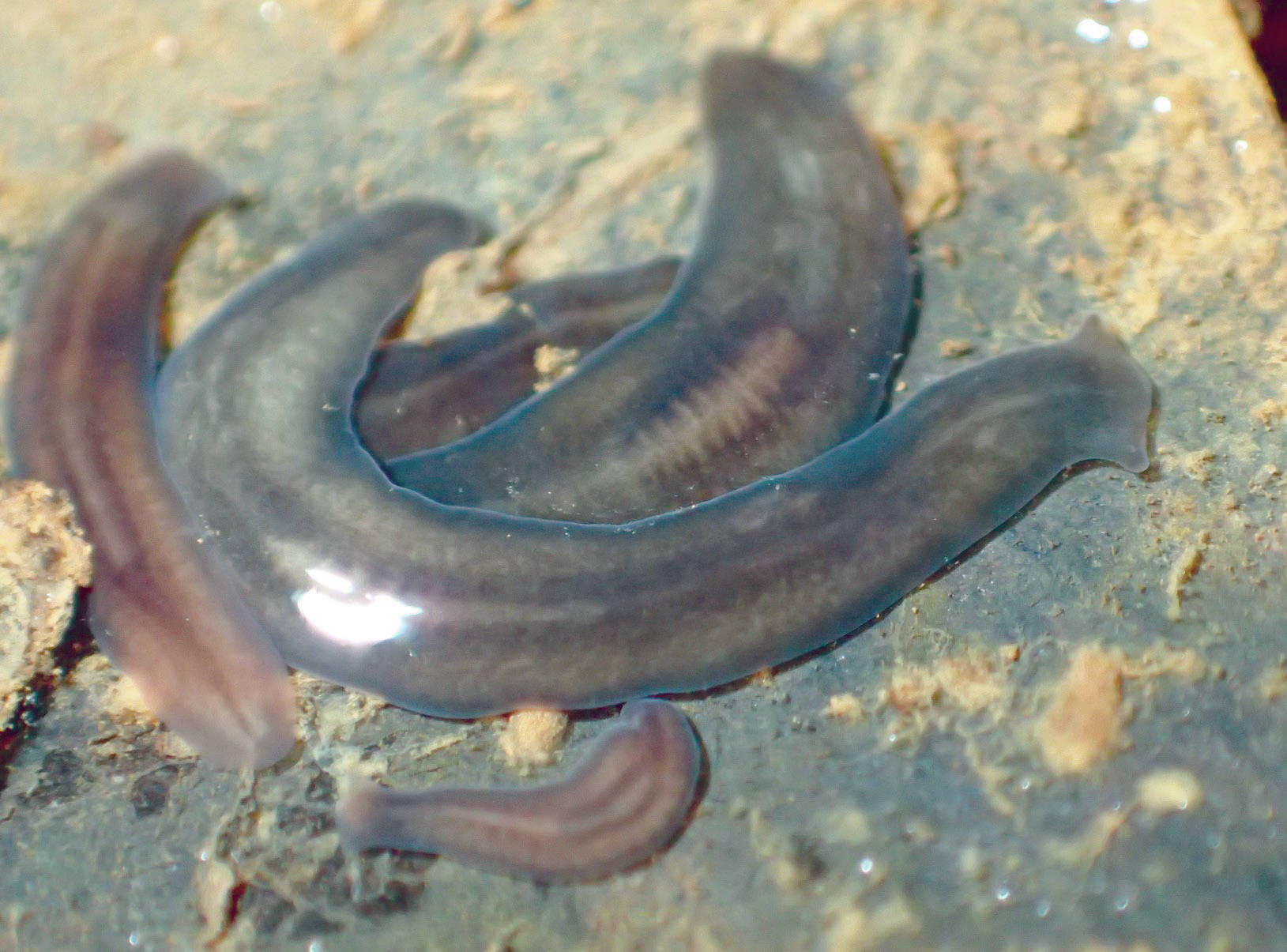I like winter. I really do. The cold and the dark don’t wear on me too much as long as I can get out and exercise in the daylight.
What I miss most in winter is the bustle of life outside. In the crystalline cold almost everything waits in suspended animation, poised for water to become liquid again so that plants, seeds, insects, spores and worms can frantically resume their personal business over the fleeting subarctic summer.
During these midwinter warm spells like we have had in the middle of January this year, I appreciate seeing the few hardy flies, moths and spiders that wake up and wander around. When temperatures drop again I will gravitate toward those hidden places where things happen year-round. The best places to look are where water remains liquid.
Have you ever gone ice fishing and, when peering down the hole to look for fish, instead witnessed water boatmen or other invertebrates swimming around? I have at times been surprised at the activity and color in the water while all was still and white up above.
In rivers and streams, invertebrates work all winter long on breaking down salmon carcasses and leaves that had made their way into the river over the summer and fall. Resident fish seek out these invertebrates. Glimpses of this underwater activity can be seen wherever streams remain ice-free, but these areas are not always safely accessible.
Perhaps the easiest and most interesting places to see life going in midwinter are springs and seeps, where relatively warm groundwater emerges from the surrounding snow-covered ground. Even at our latitude, life in springs goes on almost unaffected by the changes of seasons.
Because springs tend to be small, stable environments that are isolated from each other, special communities of living things make their homes there. Worldwide, many unique creatures are found only at springs. I do not know if there are any species that live exclusively in springs on the Kenai Peninsula, but this may be partly because we have not looked for them.
So far I have seen segmented worms, flatworms, various midges, hairy-eyed craneflies, diving beetles and copepods in our springs. Segmented worms and flatworms can be abundant.
Some of the segmented worms wave their half-inch-long tails near the water surface to obtain oxygen while their head ends feed in shallow sediments. Like razor clams, they respond to disturbances by quickly retracting into the sediments.
Flatworms similar to the familiar planaria worms that are sold in educational science kits — the ones used for experiments where the worms regrow severed heads and tails — live under leaves, sticks and rocks in our springs.
Like planarians, they can regenerate missing body parts and they can reproduce by splitting. Unlike two-eyed planarians, our common species has many eyes. These flatworms prey on other worms, insects and crustaceans.
Depending on the surroundings, common plants around springs in our area include marsh marigold, Arctic dock, water horsetail, umbel bittercress, American brooklime and northern golden saxifrage. I visit springs and seeps to gather bittercress, which has a delicious, peppery taste like watercress or arugula.
Moose also seek fresh greens at springs. Because the spring water is warmer than the surrounding environment, plants around the springs begin to grow precociously before any other local plants that I know of. Every year in early April I see evidence of moose munching on succulent, green plants around springs on the edge of the Kasilof River flats.
When it starts to get hot later in the year, springs can be crucial for salmon. In surface-fed streams like the Anchor River, the water can become too warm for salmon in the summer. At these times young salmon take refuge in the cool water from springs.
Birds and mammals come to springs in winter to take advantage of the comparatively warm, liquid water. I know of a few springs in the vicinity of Headquarters Lake on the Kenai Refuge that are completely surrounded by animal tracks in midwinter. It is hard to get close without disturbing an eagle or two. Ravens and coyotes also frequent these watering spots.
With all this use by fish, wildlife and invertebrates, something is going on at springs every day of the year. These are special, inordinately important places, even though they make up a very small part of the landscape.
If you are person like me who enjoys watching living things or if you are looking for a place to take students for a midwinter natural history lesson, I recommend taking them to look at a nearby spring. A great area with multiple springs and seeps is the trail system around Slikok Creek between Kenai Peninsula College campus and the Slikok Creek Day Use Picnic Area.
In general, good places to look for springs are the edges of wetlands and stream floodplains, especially where these run along the bases of hills or bluffs.
Matt Bowser serves as Fish and Wildlife Biologist at Kenai National Wildlife Refuge. Find more Refuge Notebook articles (1999–present) at https://www.fws.gov/refuge/Kenai/community/refuge_notebook.html.
By MATT BOWSER
Kenai National Wildlife Refuge


